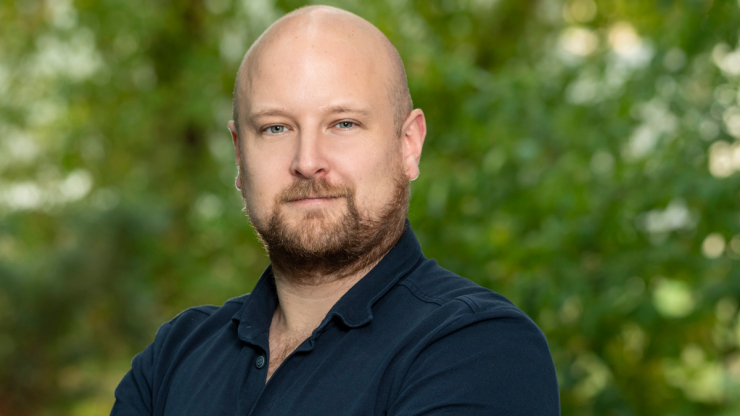
Fake news is consciously false and disseminated with the purpose of spreading misinformation. Often the term “filter bubble” appears closely related to fake news. The algorithms in search engines and social networks often show information that resembles previously viewed content. Thus, users get shown content that suit their views and habits much more than before. The impact of the filter bubble is, however, also contentiously debated. There are conflicting reports and studies about whether filtering algorithms put users at an informational advantage or disadvantage.
How far fake news can reach out has been shown in a selfie taken with German Chancellor Angela Merkel in by a refugee last year. The image went viral and was seen around the globe. But while the original photo only got just under 13,000 reactions, a falsified report identifying the refugee in the photo as a terrorist – intentionally contextualizing the photo under false pretenses – got nearly twice as many reactions. It was the same image, but the fake headline made it so more people cared deeply about the content. They got angry and reacted by posting it.
Social media users contribute to the spread of fake news when they simply share reports without checking to see if it’s real first. The speed with which information gets spread and then remains online in social networks is something that not only children and adolescents underestimate.
The media project from the Nils Holgersson Elementary School shows the potential range a single post on Facebook. The forth grade class wanted to know how quickly an image can spread on social networks and tried an experiment: They asked people on Facebook in a post to share a picture they had taken. Very shortly, the image was shared over 123,000 times!
The journalistic principles of information offerings in social media is currently not monitored at a basic level. The German Federal Government is currently redoubling its efforts to take regulatory action against fake news and hate mongering comments. Criminal law avenues are also open when a report gets spread over social networks that meets the offence criteria of libel or defamation.
But, what does this mean for my personal news feed? What was true in analog times is also true in the new digital age: Whoever seeks to truly be well informed should look for several sources that are independent of each other and not just be content with the “information delivery” services of social networks. An important feature is the various reporting functions that social networks have to flag fake news. And one should never share fake news, lest it spread.
Distinguishing truth from fiction is often not so easy. The task is to correctly classify the diversity of information, boundless sources and different objectives of users in social networks. The following seven tips will help to detect fake news.
 Young people are not only demonstrating their political commitment, but also how digital media can be used for social and political processes.
Participate instead of just running along
Young people are not only demonstrating their political commitment, but also how digital media can be used for social and political processes.
Participate instead of just running along
 Teachtoday spoke with Björn Milbradt about the role of digitization in promoting democracy.
Interview with Dr. Björn Milbradt
Teachtoday spoke with Björn Milbradt about the role of digitization in promoting democracy.
Interview with Dr. Björn Milbradt
News

Deepfakes are difficult to recognize
Technology in the Classroom: Does Education Benefit?
Social media and adolescent health
Cell phone cover


